Emerging AI Tools You Need to Try in 2024
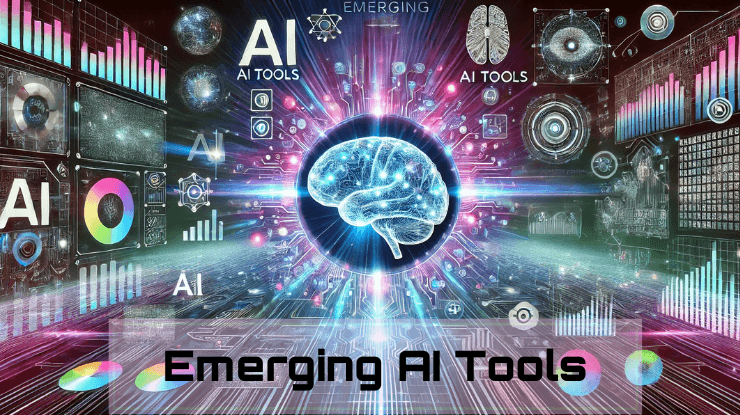
As we venture into 2024, the world of artificial intelligence (AI) continues to expand, offering a variety of innovative tools that can significantly enhance productivity, creativity, and efficiency across numerous fields. Here’s a closer look at some of the most promising AI tools you should consider trying this year, highlighting their uniqueness and the advancements that set them apart.
If you are new to AI tools, check out our beginner’s guide to AI tools, and if you would like to increase your productivity using AI, we have something for you too!
- Fliki
- Dorik AI
- PandaDoc
- ChatGPT
- Asana Intelligence
- Microsoft Copilot
- Qloo
- Narrato AI
- Llama 3 by Meta
- Perplexity AI
1. Fliki
Fliki is an AI-powered tool that seamlessly converts written content into videos. Users can input text derived from articles or social media posts, and Fliki will produce captivating videos, complete with voiceovers available in multiple languages. This functionality is especially advantageous for marketers aiming to repurpose content across various formats, as well as for educators seeking to develop instructional materials efficiently. With more than 1,300 voice options provided through advanced voice cloning technology, Fliki enables users to choose an appropriate tone for their target audience while ensuring high production quality that was traditionally attainable only through extensive editing efforts.
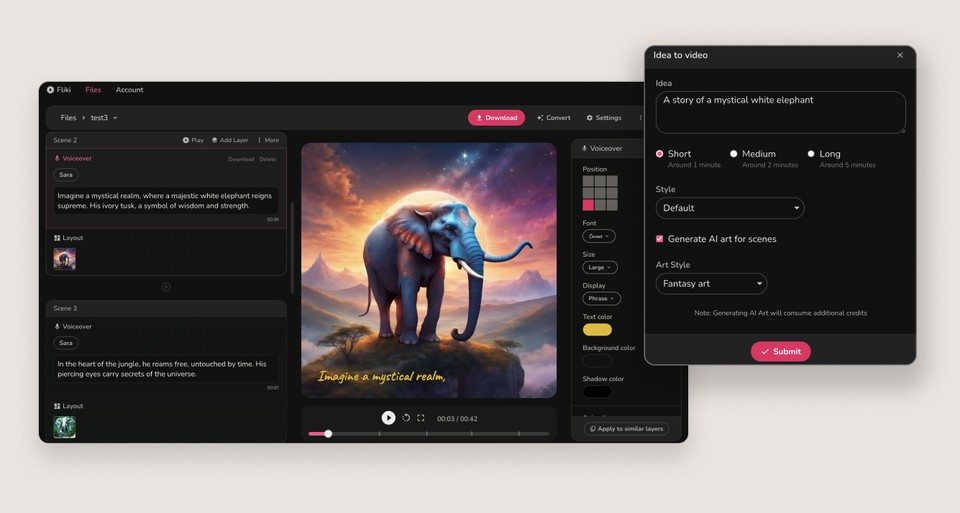
2. Dorik AI
Dorik AI is an innovative no-code website-building platform designed to simplify the process of creating websites using generative AI technology. Launched recently, Dorik AI allows users to generate entire websites from scratch by simply providing a prompt describing their business or vision. The platform utilizes advanced algorithms to create not only the layout but also the text and images needed for a professional online presence. This eliminates the need for coding or design skills, making it accessible to everyone from beginners to experienced developers. Users can also regenerate content or layouts with just a click, ensuring that their website meets their expectations without extensive manual adjustments. Furthermore, Dorik AI includes features like SEO optimization tools and seamless integration with third-party applications such as Airtable and Zapier, making it a comprehensive solution for modern web development needs.
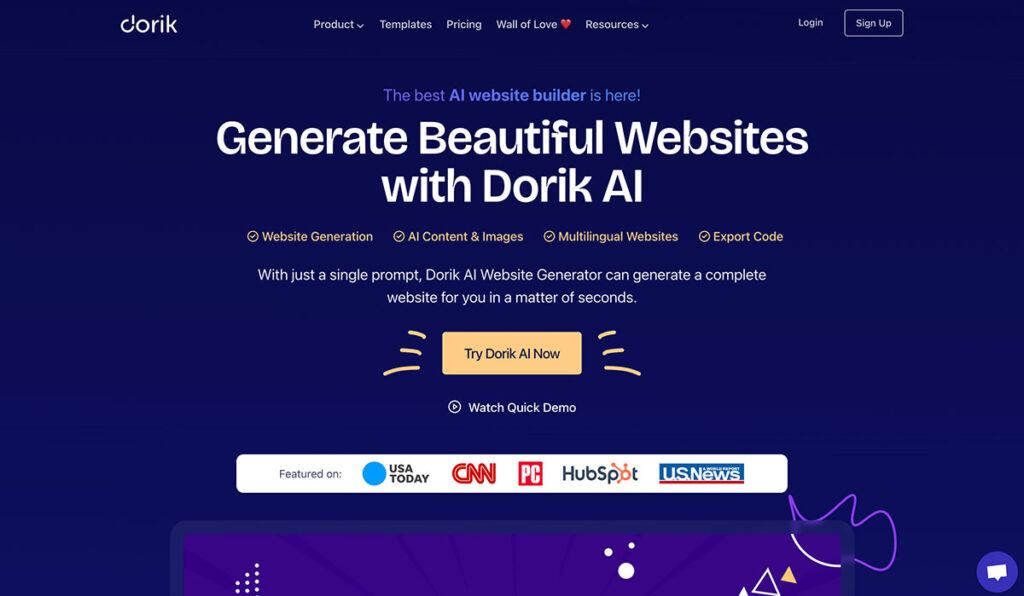
3. PandaDoc
PandaDoc is an automation software designed to optimize document workflows, particularly in the domains of sales and marketing. This robust tool enables users to efficiently generate professional proposals, contracts, and various other documents, while also integrating e-signature capabilities to facilitate streamlined approval processes. The analytics feature of PandaDoc offers valuable insights into recipient interactions with documents, including which sections receive the most attention. This information empowers businesses to adjust their strategies based on actual data. Recent upgrades to its user interface and the expansion of template options have significantly improved the ability for teams to tailor documents to meet specific client requirements, thereby enhancing engagement and increasing conversion rates.
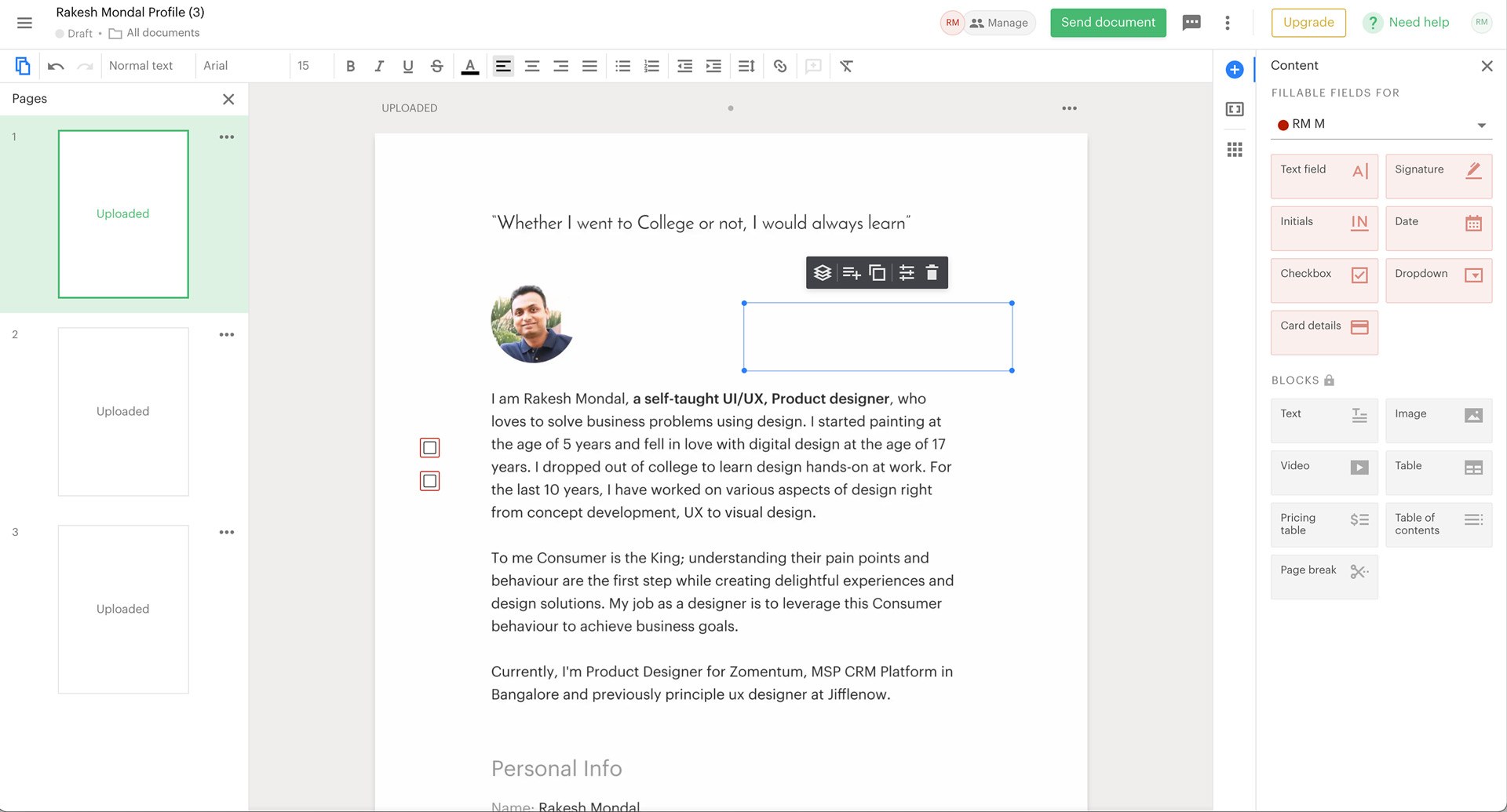
4. ChatGPT (GPT-4)
ChatGPT, developed by OpenAI, has become a leading tool in AI-driven communication. The latest iteration, GPT-4, represents a significant leap forward in natural language processing capabilities. Released in March 2023, GPT-4 boasts an impressive parameter count rumored to exceed 200 billion, allowing for unprecedented language understanding and generation capabilities. This version can generate human-like text responses and understand complex instructions with greater accuracy than its predecessors. One of its standout features is its ability to maintain context over extended conversations (up to 25,000 words), making it particularly useful for customer service applications and interactive learning environments. Additionally, GPT-4 supports multimodal inputs, allowing users to engage with both text and images. This versatility opens up new avenues for content creation and educational tools, enabling businesses and educators to leverage AI for more engaging interactions. The introduction of features like the ability to turn sketches into functional websites showcases its innovative applications beyond traditional text generation.
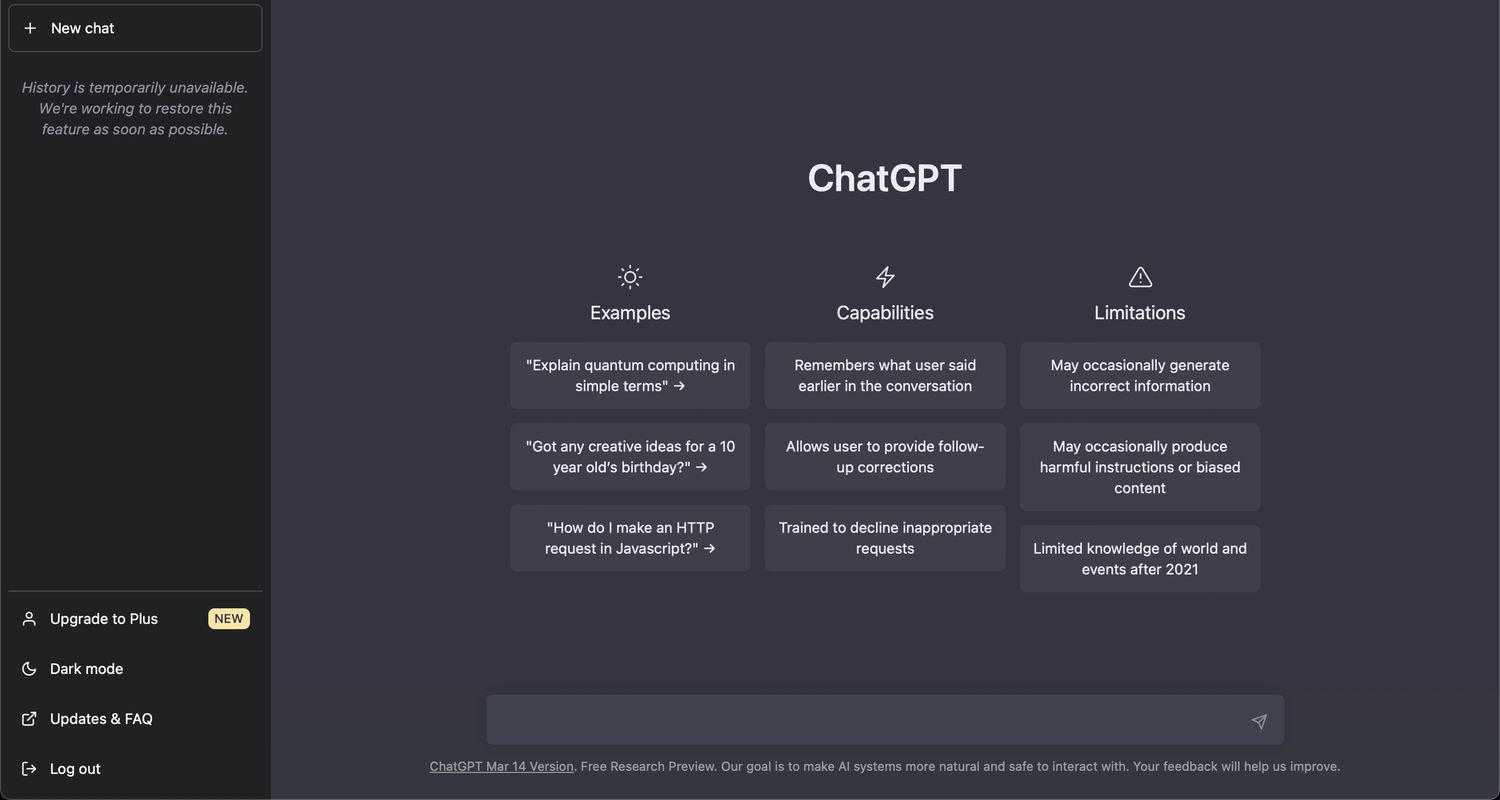
5. Asana Intelligence
Asana Intelligence integrates artificial intelligence capabilities into the widely used project management platform, Asana, thereby improving team collaboration and productivity. The inclusion of smart suggestions assists teams in prioritizing tasks according to deadlines and workload distribution, while also automating repetitive activities such as reminders and status updates. This functionality enables teams to concentrate on more strategic initiatives, alleviating the burden of administrative tasks. The combination of Asana’s user-friendly interface with these intelligent features facilitates greater organization and alignment among teams regarding project objectives.
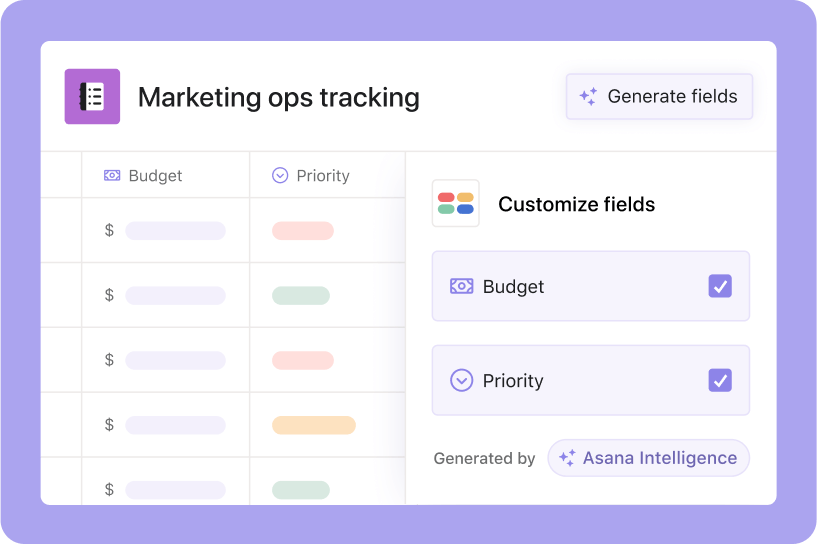
6. Microsoft Copilot
Microsoft Copilot incorporates artificial intelligence functionalities into Microsoft Office applications, such as Word and Excel, offering users intelligent support during their tasks. This tool automates repetitive activities, including data entry, formatting, and complex calculations, while providing suggestions to enhance document quality and presentation style. By utilizing natural language processing capabilities, Copilot can interpret user requests in real time, delivering relevant insights or actions based on those inputs. Users can ask Copilot to summarize a lengthy report or generate data visualizations, simplifying workflows significantly. This integration boosts productivity and enables users to produce higher-quality work in a shorter time frame, allowing them to focus on more strategic aspects of their projects. Copilot learns from user interactions, continuously improving its suggestions and adapting to individual preferences.
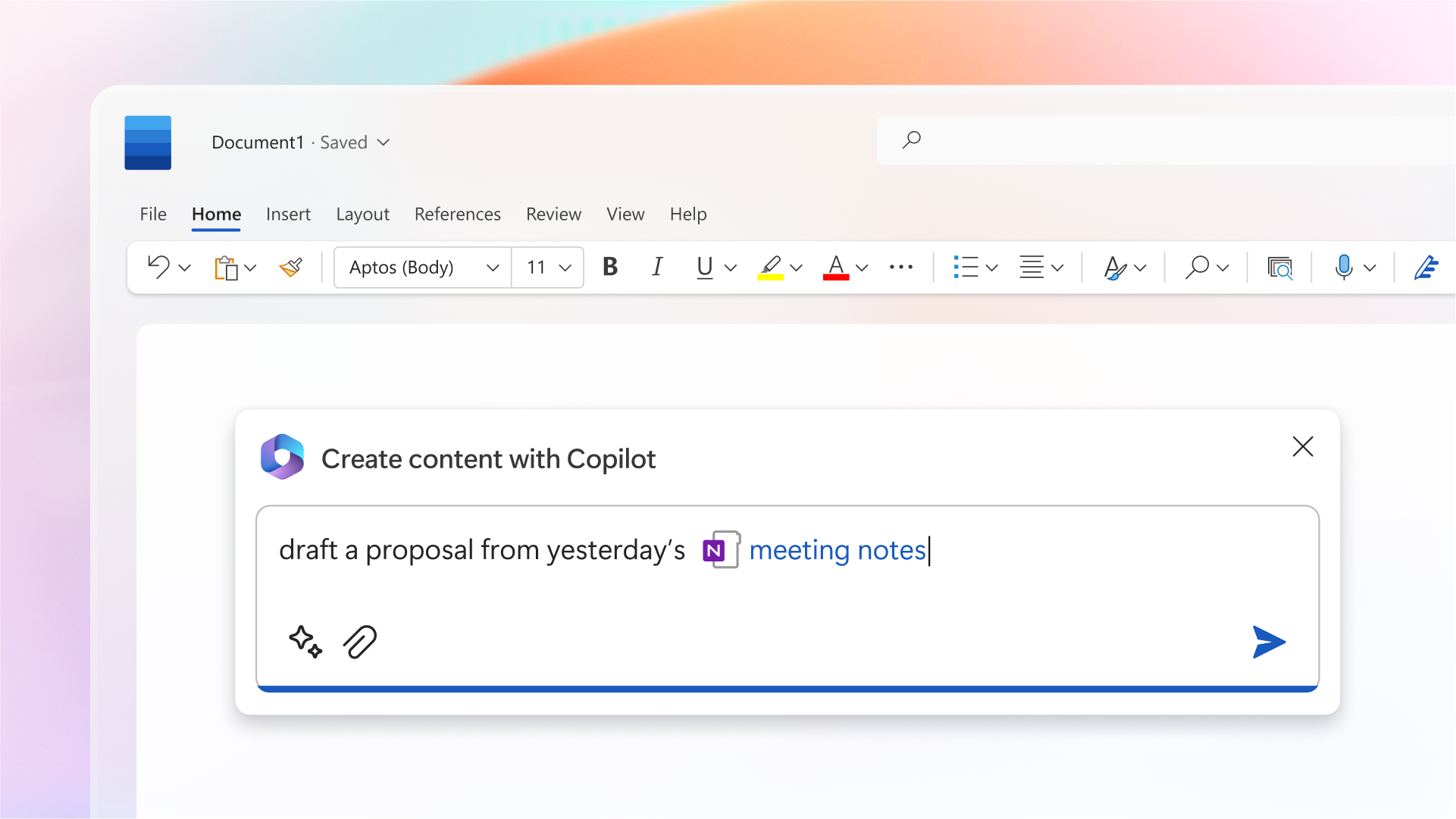
7. Qloo
Qloo is an AI tool designed to provide cultural insights across various domains, including film, music, and food preferences. Utilizing advanced machine learning algorithms, it analyzes extensive datasets encompassing consumer behavior, demographics, social media trends, and purchasing patterns. By offering actionable recommendations tailored to target audiences, Qloo enables businesses to make informed decisions. Marketers can create targeted advertising campaigns that resonate with consumers, while entertainment companies can produce content aligned with contemporary trends. Additionally, restaurants and food brands can assess consumer preferences to refine their menus. Ultimately, Qloo helps businesses navigate the changing cultural landscape, driving growth and innovation across sectors.
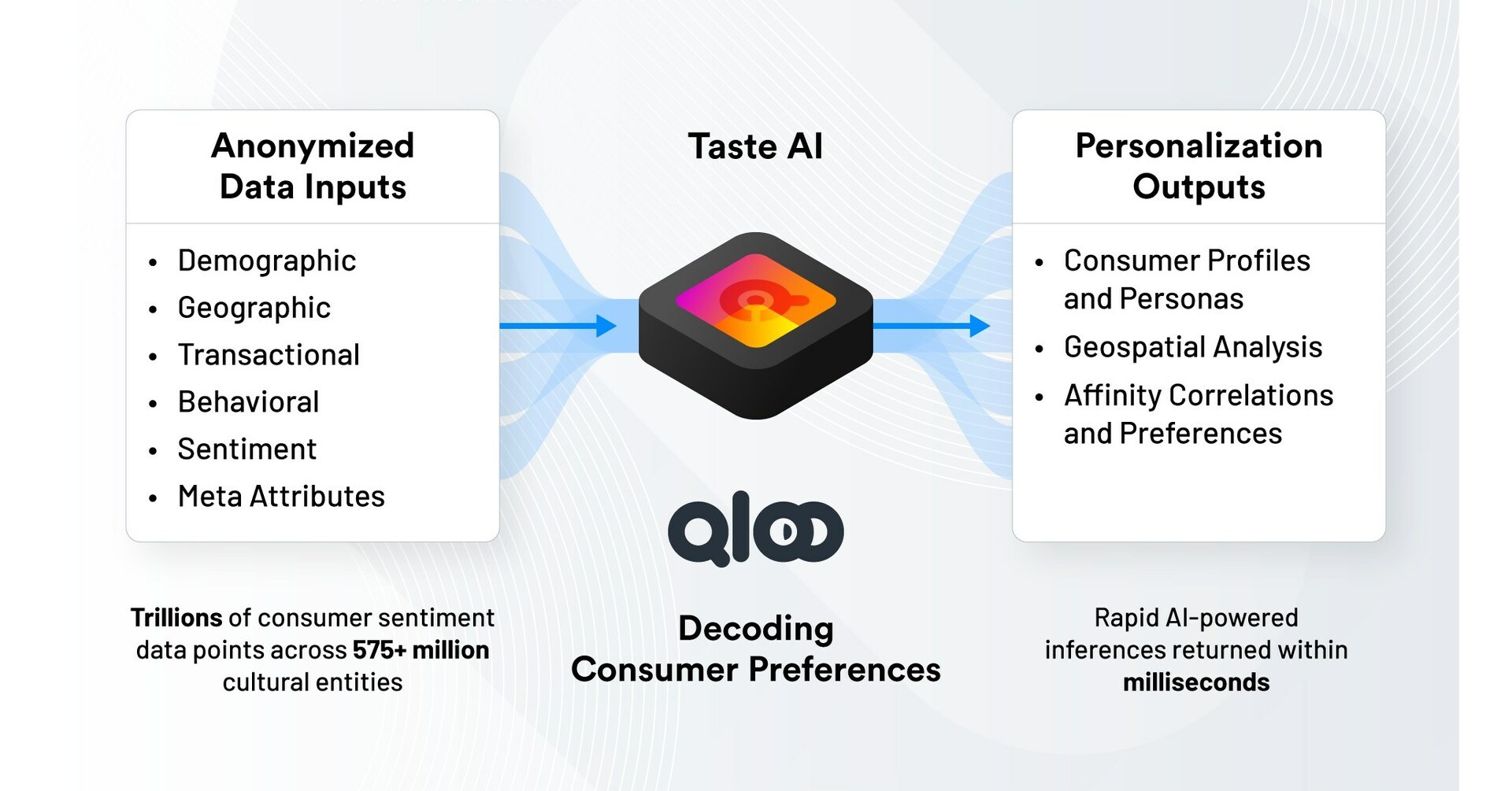
8. Narrato AI
Narrato AI functions as a comprehensive content creation platform that caters to a range of writing needs, from blogs to social media posts. Designed to assist writers, marketers, and businesses, it streamlines the content creation process by integrating various tools into one platform. Its AI autopilot feature enables users to generate high-quality content based on specified themes or topics, significantly reducing the time spent on brainstorming and manual drafting. This feature is particularly beneficial for those managing multiple projects or deadlines. Additionally, Narrato’s image generation capabilities enhance its writing tools by allowing users to create relevant visuals that accompany their written content seamlessly, ensuring a cohesive presentation. The platform also provides analytics to track engagement and optimize future content strategies.
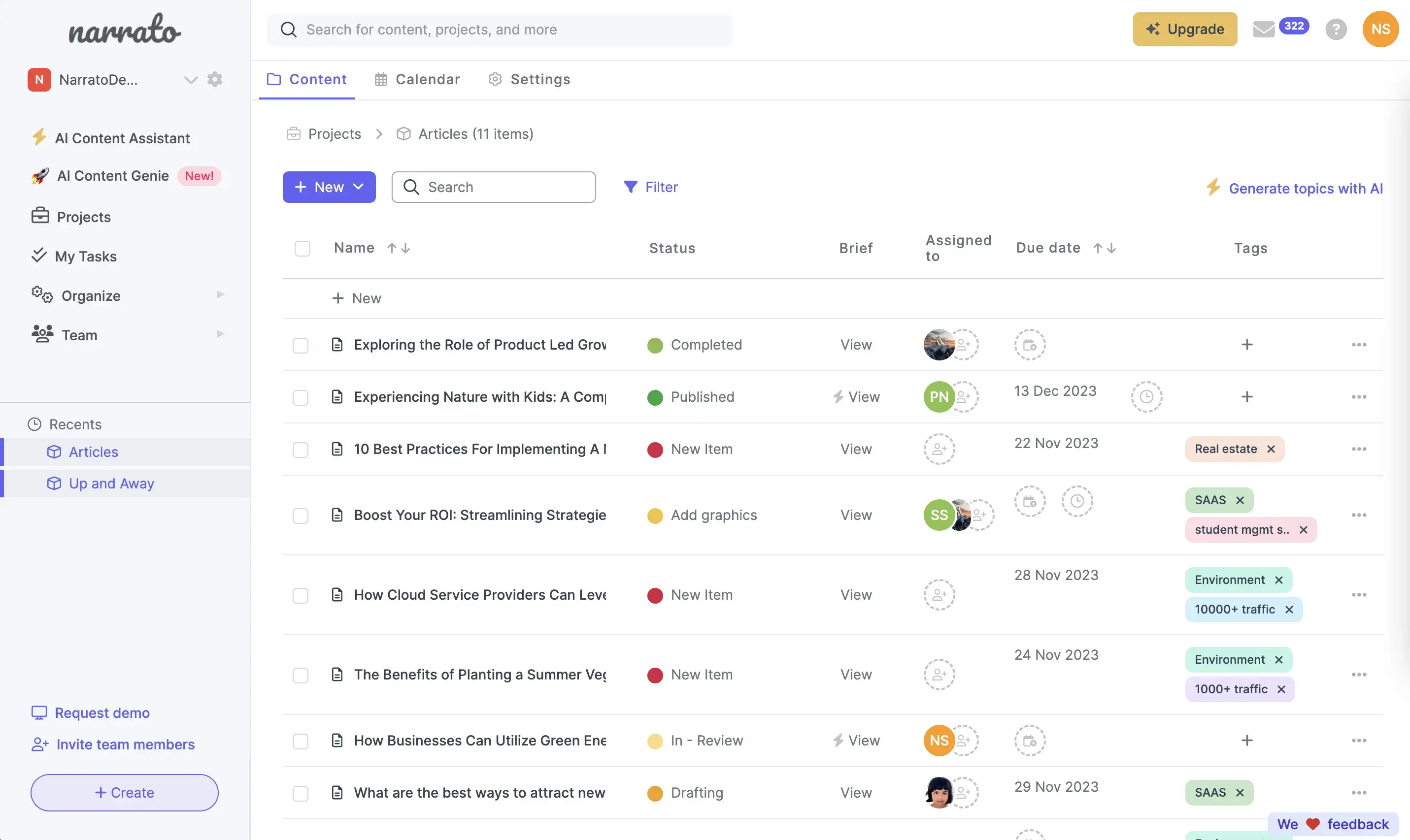
9. Llama 3 by Meta
Llama 3, developed by Meta, signifies a significant advancement in open-source large language models, greatly enhancing conversational capabilities across platforms such as Facebook and Instagram. This model demonstrates a high level of proficiency in understanding complex queries and generating coherent, contextually relevant responses during real-time interactions. Its advanced algorithms allow for more nuanced conversations, enabling it to handle a wide range of topics and user intents effectively. Businesses can leverage Llama 3 to create intelligent chatbots that not only improve customer engagement on social media platforms but also provide users with instant assistance tailored to their specific inquiries. By utilizing this model, companies can enhance their customer service operations, streamline interactions, and foster deeper connections with their audience, ultimately driving satisfaction and loyalty.
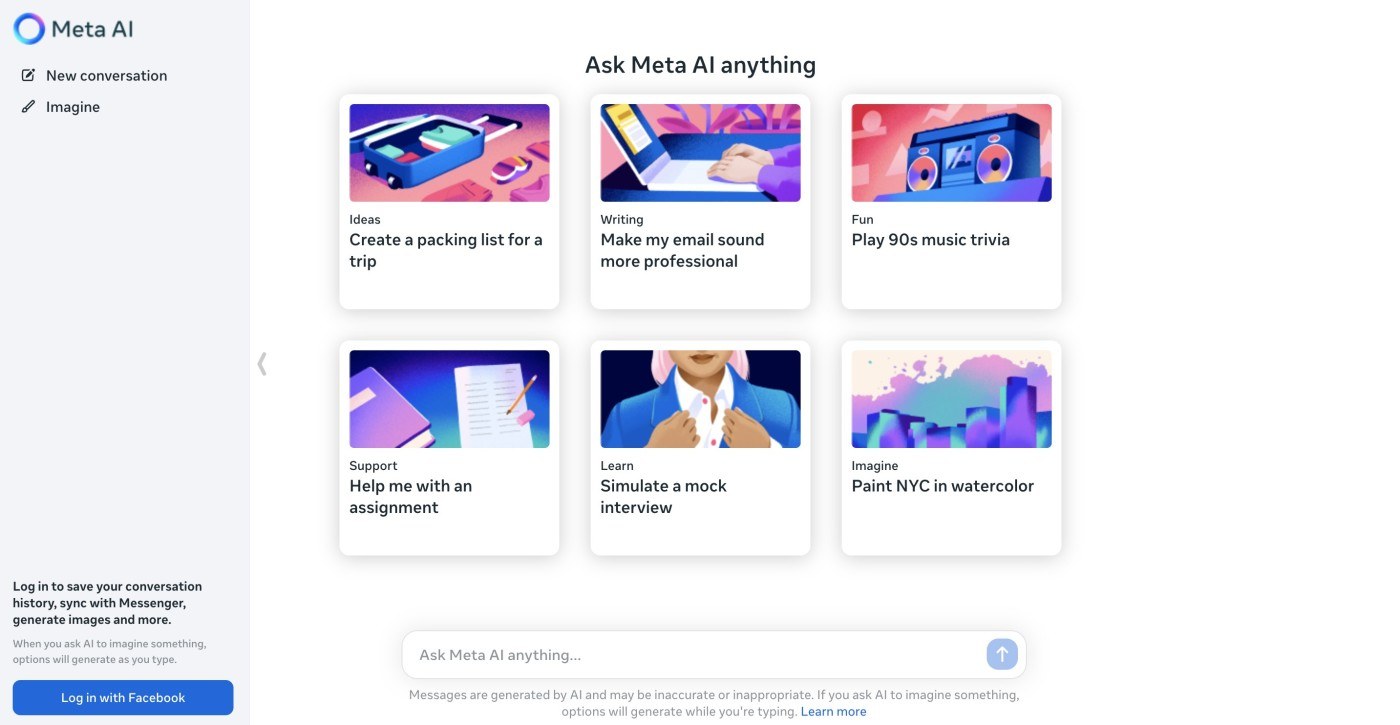
10. Perplexity AI
Perplexity AI operates as a powerful search engine and research assistant that effectively synthesizes information from a wide range of sources. Utilizing advanced algorithms, Perplexity AI delivers comprehensive search results that filter information from academic journals, industry reports, news articles, and various other content types. This capability proves invaluable for researchers aiming to locate credible sources swiftly, as well as for professionals seeking to stay informed on industry trends without engaging in extensive searches. By streamlining the research process, Perplexity AI not only saves time but also enhances the quality of information accessed, enabling users to make more informed decisions and stay ahead in their respective fields.
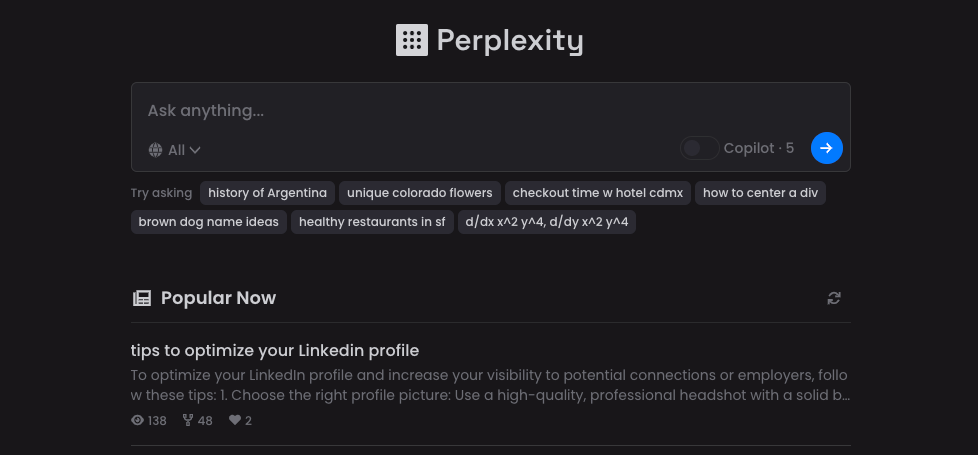
The emergence of these innovative AI tools in 2024 signifies a pivotal moment in how we interact with technology across various sectors. From enhancing productivity through automation to transforming creative processes with generative capabilities, these tools are set to redefine workflows significantly and improve outcomes across industries. Embracing these technologies will not only streamline operations but also foster creativity and innovation in everyday tasks as we continue exploring the potential of AI in our lives.
If you would like to use an AI tool specific to your industry, check out our article on the best AI tools for each industry.














